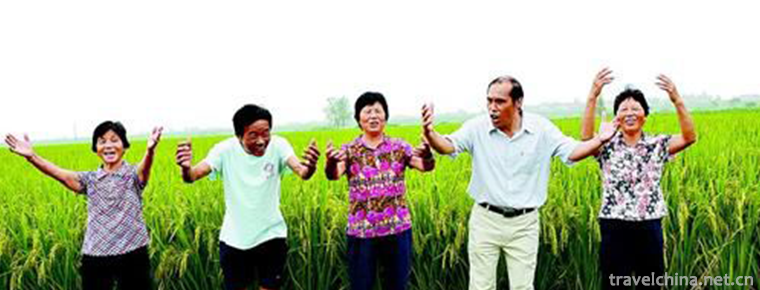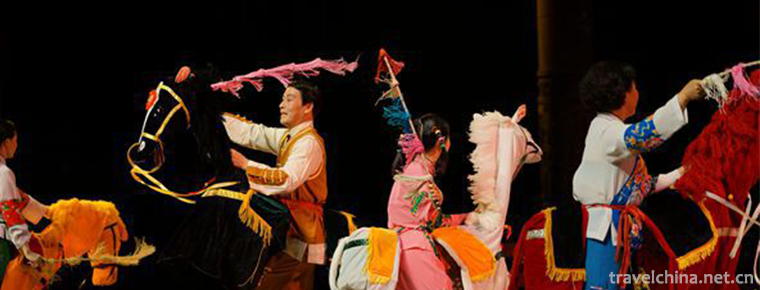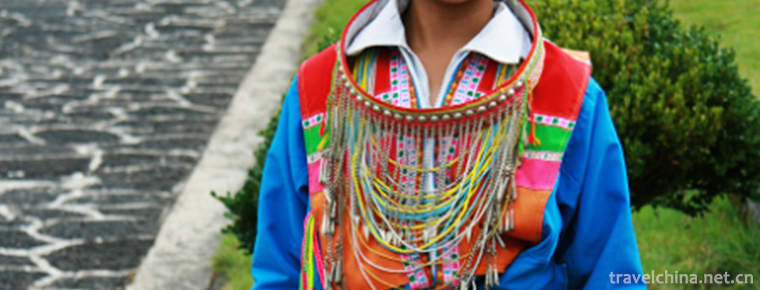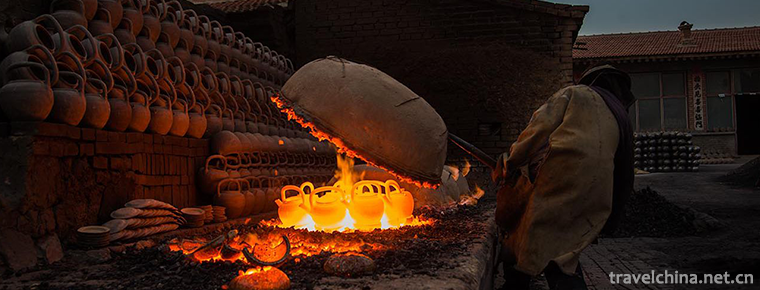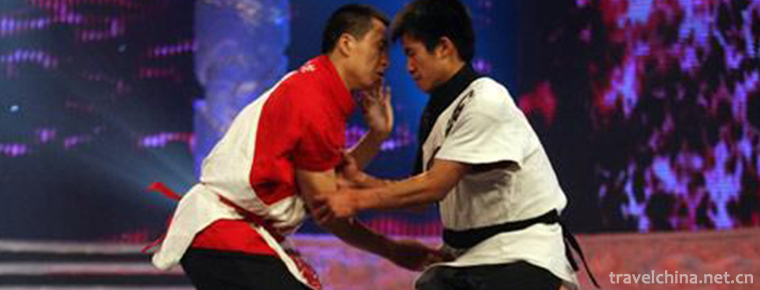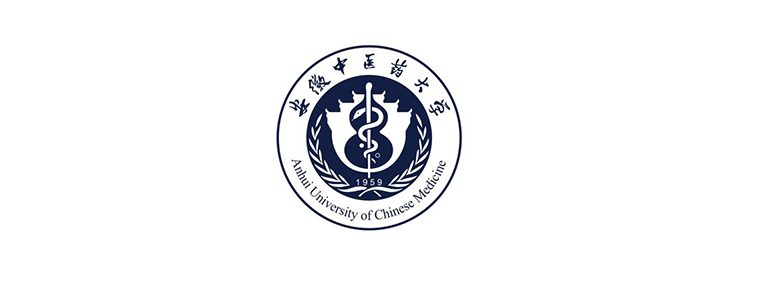Xu Wenchangs Story
Xu Wenchangs Story
Xu Wenchang's Story, a traditional folk tale in Shaoxing City, Zhejiang Province, is one of the national intangible cultural heritage.
The story of Xu Wenchang takes the history of the middle and late Ming Dynasty as the background. From the legend story of Xu Wenchang's youth, "Taking things from the pole", it has been told to his dying legend "Transforming thousands of treasures into treasures". The legend is spread in various ways and rich in content, showing Xu Wenchang's wisdom and versatility, humor, patriotism, close to civilians, contempt for dignitaries and other qualities in an all-round way, with strong Shaoxing characteristics and local flavor.
On June 7, 2008, Xu Wenchang's story was approved by the State Council of the People's Republic of China to be included in the second batch of national intangible cultural heritage catalogues, numbered I-54.
historical origin
Xu Wenchang's story is one of the important tales of witty characters of the Han nationality, which originated in the middle and late Ming Dynasty and has lasted for a long time. As a folk oral creation, Xu Wenchang's stories are based on anecdotes and interesting stories of the historical figure Xu Wei (Ziwenchang). They also absorb a large number of tales of witty people. They are widely spread in Shaoxing and other southern areas of the Yangtze River. They are becoming more and more abundant over three hundred articles.
Cultural characteristics
artistic characteristics
"Xu Wenchang's Story" takes the history of the middle and late Ming Dynasty as the background, from the legendary story of Xu Wenchang's youth "Taking things from the pole" to his last words "Transforming millions of treasures into treasures". The content of the story includes: punishing local tyrants and evil gentry, fighting against Japanese aggressors'miraculous achievements; outstanding poetry, couplets and calligraphy and painting; Wisdom and plan to solve difficult problems; bitter irony to the enemy; care for friends and the people below. It reflects Xu Wenchang's super talent and his personality and quality that "power can not be surrendered, wealth can not be lewd, and poverty can not be removed".
Story features
Xu Wenchang's story has the following characteristics: it has a long history, which has been handed down spontaneously for more than 400 years; it has a wide range of regions. It not only spreads all over Shaoxing, but also radiates the places where Chinese people live in Jiangsu, Zhejiang, Shanghai and even overseas. It is rich in content and shows Xu Wenchang's wisdom, humor and patriotism in an all-round way. They are close to civilians, contempt for power and nobility, punishment for corruption and so on. They have various forms, and their places and ways of transmission are not fixed and arbitrary.
Xu Wenchang's stories have important value in Chinese folk literature, and at the same time, they provide useful information for biographical literature and historical research.
Manifestation
As a folk oral creation, Xu Wenchang's stories are based on anecdotes and interesting stories of the historical figure Xu Wei (Ziwenchang). They also absorb a large number of tales of witty people. They are widely circulated in Shaoxing and other southern areas of the Yangtze River. They are becoming more and more abundant day by day. There are about 300 articles collected by Wu Chuan-lai. It was handed down orally by Wu in the form of storytelling, along with articles.
Inheritance and Protection
Inheritance value
Literary value: It is not only a popular subject of Chinese folk literature, but also a popular subject of creation and adaptation of literary and artistic styles such as poetry, prose, sketches, movies, dramas, and quyi.
Historic value: The stories of Xu Wenchang passed down by the people have certain research value for painting history, calligraphy history, anti-Japanese history, couplet history, imperial examination history, pawn history and shipping history, and provide valuable information.
Humanistic value: In the process of spreading the story, the historical figure Xu Wenchang and Shaoxing Shiye's local historical events, cultural relics, natural scenery and social customs are combined to reflect the humanities and folk customs of Vietnam. The study of Shaoxing regional culture and folklore is of great value.
Current situation of inheritance
Due to the impact of modern culture, Xu Wenchang's storytellers have been short of successors, and the form of storytelling has gradually faded out and decreased. The continuous enrichment of modern media means has brought great impact on the storytelling of Chinese folk tales. Therefore, rescuing and protecting Xu Wenchang's story is imminent.
Heritage figures
Wu Chuanlai, male, was named as the representative successor of the second batch of national intangible cultural heritage projects in 2008, and declared in Shaoxing, Zhejiang Province. Project Name: Xu Wenchang's Story.
protective measures
In Shaoxing, there is an old man named Wu Chuan. He liked to listen to stories when he was young. He loved collecting and telling stories all his life. With his accumulated collection and telling, these folktales have been effectively protected and passed on.
social influence
Honorary recognition
"Xu Wenchang's Story" has important value in folk literature, and at the same time, it provides useful information for biographical literature and historical research.
Important activities
Wu's spare time is basically used to collect, record and tell stories. Not only is Xu Wenchang, but he also collects many stories about Shaoxing Master and Shaoxing Taimen Lane Hall, and has been collating and publishing them one after another. At present, there are more than 300 stories of Xu Wenchang collected by him.
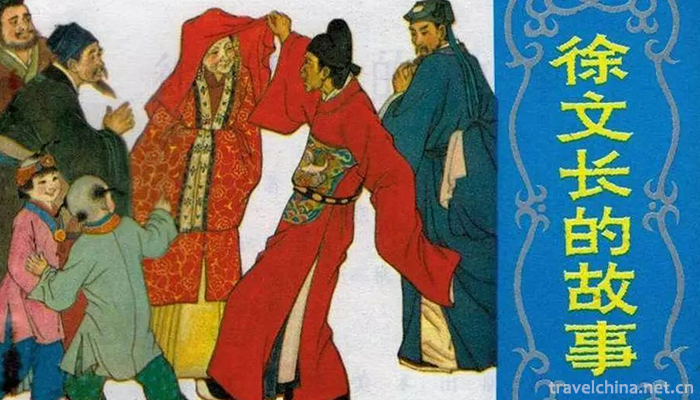
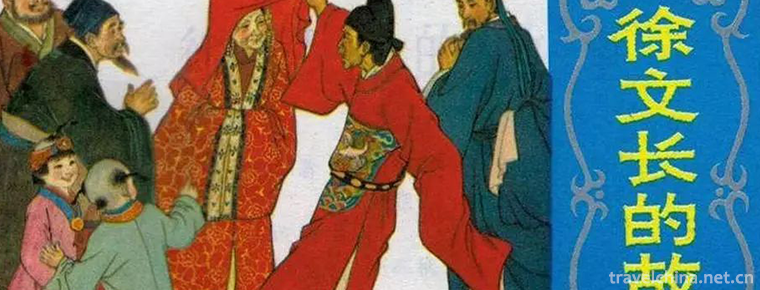
Xu Wenchangs Story
-
Eyes of Tianjin
Tianjin Eye, full name Tianjin Yongle Bridge Tientsin Eye, crossing the Haihe River connecting Hebei and Hongqiao District, is a cross-river construction, bridge wheel in one Ferris wheel, both touris
Views: 141 Time 2019-02-21 -
De ang Watering Festival
The De'ang Water-Sprinkling Festival (also known as the Water-Sprinkling Festival) is held seven days after the Qingming Festival every year. It is a three-day commemorative event that combines the th
Views: 192 Time 2019-04-26 -
Run Dong luo dongdong
"Lolola is a local traditional folk music in Hubei Province. It belongs to the first provincial intangible cultural heritage in Hubei Province. Jianli belongs to the Chu area of Jianghan since an
Views: 313 Time 2019-05-15 -
Mulian Opera
Mulian Opera is an ancient opera with religious story "Mulian Save Mother" as its theme, which is preserved in folk activities. It is the first opera that can be tested at present. It is kno
Views: 139 Time 2019-06-06 -
Match show
Sai opera is an ancient opera which has been spread in Shanxi, Hebei, Inner Mongolia and Shaanxi. It is a traditional literary form with strong local characteristics of frontier fortress. Sai opera wa
Views: 145 Time 2019-06-12 -
Lisu Folk Songs
Lisu people advocate singing in tune. In the multi-voice unaccompanied chorus of Lisu people, the three major tunes of Lisu folk songs are "swing time", "excellent leaf" and "
Views: 140 Time 2019-06-17 -
Pottery Firing Techniques
Pottery refers to the clay as the body, processed and shaped by hand, wheel system, moulding and other methods, and baked at high temperature of 1000-1200 degrees or so. The production process of pott
Views: 175 Time 2019-06-18 -
Back to back entanglement
Tongbei Bianquan, also known as Hongdong Tongbeiquan, is a complete and systematic set of traditional boxing. It combines the advantages of both inside and outside. It is divided into mother boxing an
Views: 147 Time 2019-06-21 -
Anhui University Of Traditional Chinese Medicine
Anhui University of Chinese Medicine is located in Anhui. Jiangnan Labial teeth, Huai right A famous historical and cultural city called "the throat". Hefei For Anhui higher education revita
Views: 161 Time 2019-11-07 -
Girl on Bridge Hai Lun Tik Tok Songs 2020 Hot Songs
Girl on Bridge is a song composed and sung by Helen and released on November 9, 2019
Views: 220 Time 2020-05-21 -
Soil characteristics of Suining
The strata in Suining City are mainly limestone in the lower part and purplish red sandy soil and mudstone in the upper part. Therefore, Suining area is also known as "red soil land".
Views: 321 Time 2020-12-16 -
Animal resources in Leshan
The composition of the wild fauna in Leshan City is located in the transitional zone between the Palaearctic realm and the Oriental realm. It is mainly composed of the southwest region and central China region of the Sino Indian subregion in the Oriental realm.
Views: 351 Time 2020-12-17


